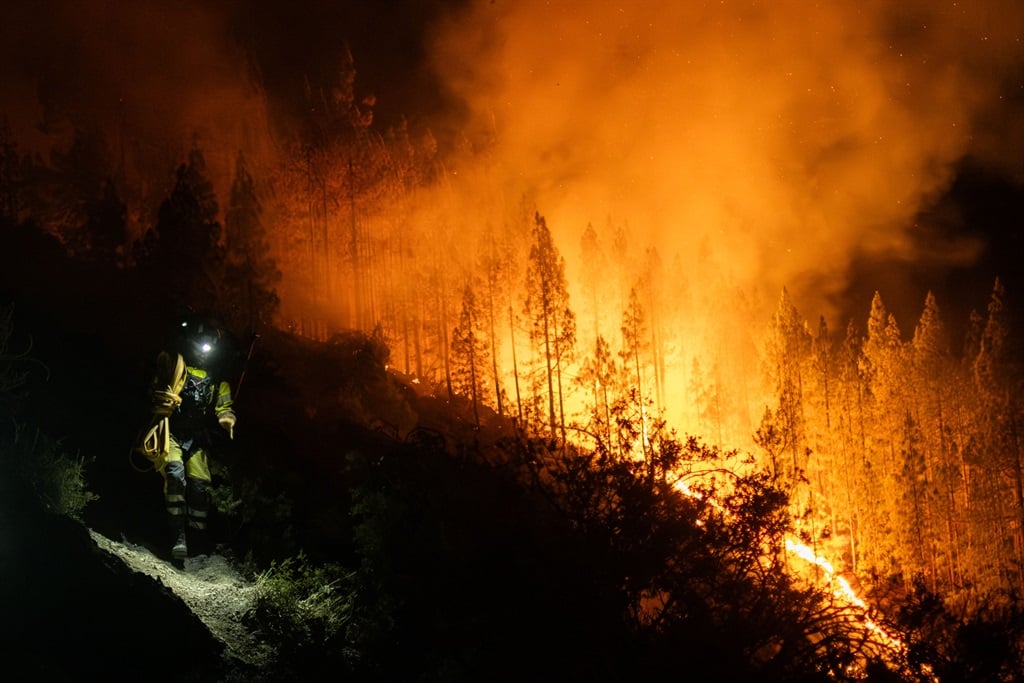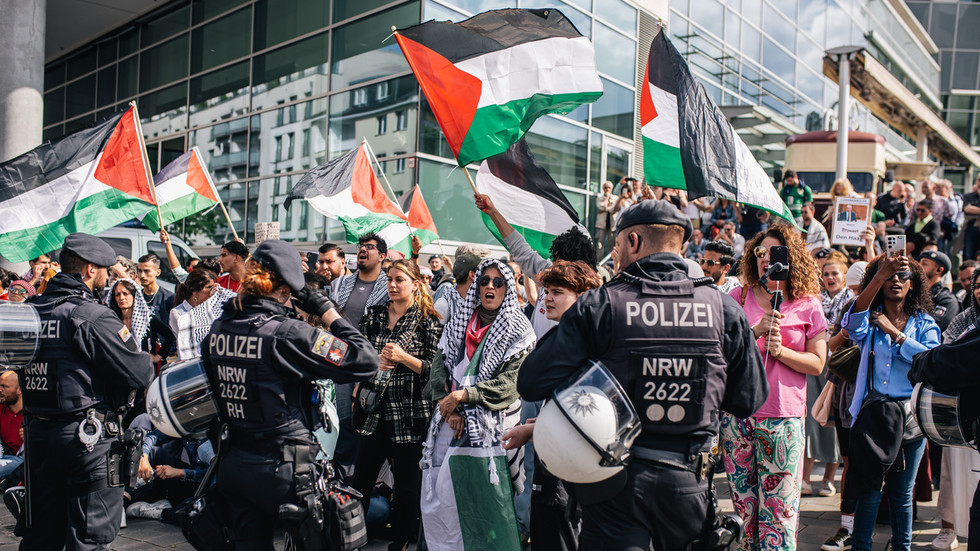- A wildfire in Tenerife has destroyed over 2 600 hectares of
land and is the ‘most complex blaze’ in the Canary Islands in four decades. - More than 7 600 people have been affected, with 10 villages
and hamlets evacuated and residents in La Esperanza ordered to remain in their
homes. - Over 250 firefighters and 17 aerial resources have been
deployed to tackle the fire, with more troops on their way.
The
huge wildfire ravaging the Spanish holiday island of Tenerife that has burnt
through more than 2 600 hectares of land is the “most complex” blaze
to hit the Canary Islands in four decades, the regional government said
Thursday.
The
fire, which broke out late on Tuesday, has been raging through a forested area
with steep ravines in the northeastern part of the island which is part of the
Spanish archipelago that lies off the coast of northwestern Africa.
So
far, the blaze, which has a perimeter of 30 kilometres, has destroyed more than
2 600 hectares (6 400 acres), affecting some 7 600 people, many of whom were
evacuated, the authorities said in a morning update.
Early
on Thursday, people were evacuated from 10 small villages and hamlets in the
area, they said, while also ordering residents to remain in their homes as a
precautionary measure in La Esperanza, some five kilometres from the island’s
northern airport, Tenerife Norte.
WATCH | ‘No regrets’: Hawaii officials say sounding emergency sirens would not have saved lives
There
was no immediate reports of flights being affected.
“It’s
been a very difficult night… this is probably the most complex fire we’ve
ever had in the Canary Islands in at least the past 40 years,” Fernando
Clavijo, regional head of the seven-island archipelago, told reporters.
He added:
The extreme heat and weather conditions… is making the work harder.
More
than 250 firefighters backed by 17 aerial resources, have been drafted to
tackle the fire, and troops from the Military Emergency Unit (UME) who
regularly help efforts to stamp out some of the most dangerous blazes have also
been mobilised.
“A
new detachment of UME troops will arrive during the afternoon,” he said,
with the defence ministry saying it would raise the number of troops sent to
Tenerife to more than 200.
“We
are facing a fire the likes of which we’ve never seen before in the Canary
Islands,” meteorologist Vicky Palma, pointing to the vast column of smoke
from a fire which by Thursday morning had been spreading for 34 hours.
The
local authorities have cut off roads leading to the mountains on the
northeastern part of the island.
“We
ask that the population respect these road closures,” said Montserrat
Roman, head of the archipelago’s civil protection service.
The
fire broke out after the islands were hit by a heat wave that has left many
areas tinder dry.
As
global temperatures rise due to climate change, scientists have warned heat
waves will become more frequent and intense, with a much wider impact.
In
2022, which was a particularly bad year for wildfires in Europe, Spain was the
worst-hit nation with nearly 500 blazes that destroyed more than 300 000
hectares, according to figures from the European Forest Fire Information System
(EFFIS).
So
far this year, more than 71 000 hectares have been ravaged by fire in Spain,
which is one of the European countries most vulnerable to climate change.
#WATCH #Spains #Canary #Islands #battle #complex #fire #years







